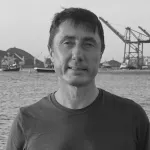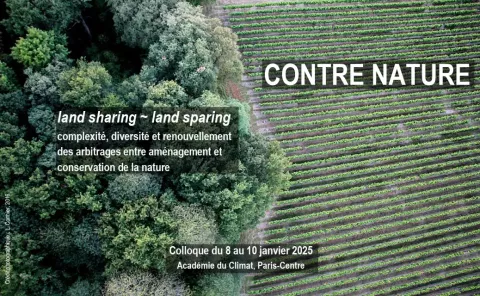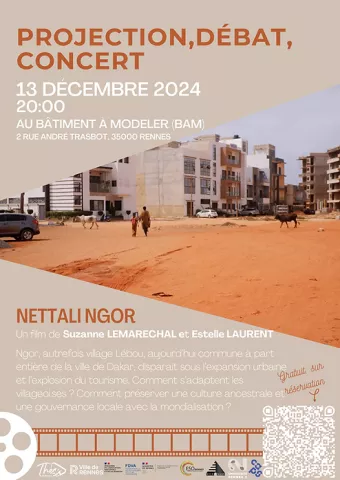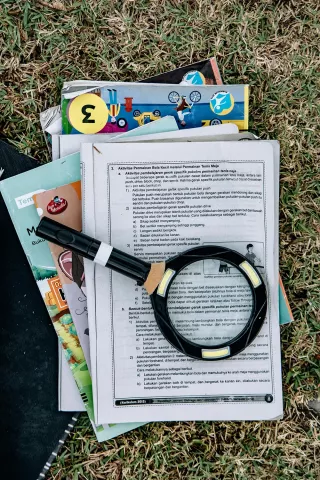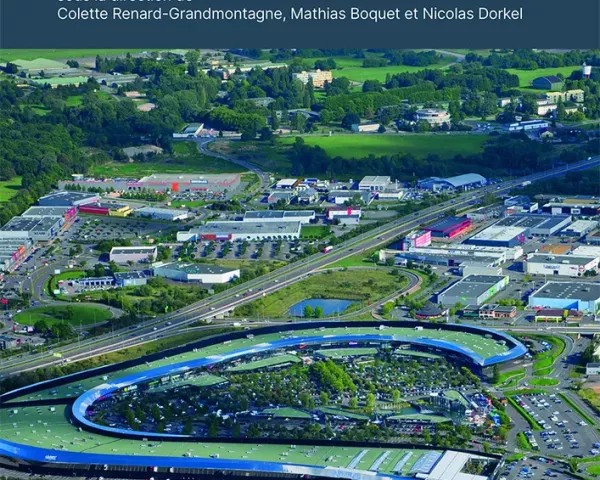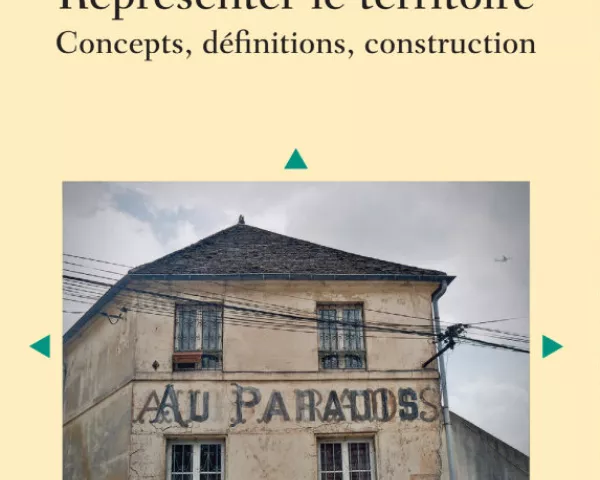Sustainable Land Management with Conservation Agriculture for Rainfed Production: The Case of Paraná III Watershed (Itaipu dam) in Brazil

Ivo Mello, Glaucio Roloff, François Laurent, Emilio Gonzalez, Amir Kassam. Sustainable Land Management with Conservation Agriculture for Rainfed Production: The Case of Paraná III Watershed (Itaipu dam) in Brazil. Department of Soil and Environment, Swedish University of Agricultural Sciences. Rainfed systems intensification and scaling of water and soil management: Four case studies of development in family farming, pp.99-126, 2023, 978-91-8046-893-0. ⟨10.54612/a.4nbusqmc4l⟩. ⟨halshs-04279996⟩
This case study examines measures taken in the Paraná III watershed, that drains into the Itaipu reservoir (Brazil-Paraguay), to establish sustainable land management for agricultural production intensification based on no-till Conservation Agriculture (CA). Prior to initiation of hydropower production from Itaipu, in May 1984, agriculture in the watershed was based on the conventional tillage production system. This caused significant soil erosion and surface runoff, polluting water courses with sediments, agrochemicals and organic waste, resulting in premature filling and eutrophication. The operational lifespan of the Itaipu hydropower complex was initially estimated to be 60 years. Within the framework of Itaipu Binacional’s Cultivando Agua Boa (Cultivating Good Water) program, most agricultural land use was then transformed to no-till CA. Later this was improved through participatory support, based on a self-assessment method involving scoring of soil quality and land use parameters. CA-based land use resulted in increased crop productivity, a drastic reduction in runoff and soil erosion, and significant improvement in the quality of water discharging into water courses, Itaipu reservoir, and through the dam. A participatory extension program promoting CA systems was available to all farmers, from smallholders to large-scale. Currently, 91% of agricultural land area in the watershed is under CA, which supports productivity and incomes, while also contributing to water related ecosystem services. Overall economic, social and environmental development of the Paraná III watershed is based on a socially and economically equitable framework, managed collaboratively by several entities. This calls for the whole watershed population to be engaged in improving quality of life and ensuring the watershed is an area of opportunity and hope. CA-based land use management, and soil and water conservation practices, have increased the operational lifespan of Itaipu hydropower complex by more than five-fold, offering long-term economic security to the population of the watershed. Given the need to ensure equitable development of all relevant economic, social and environmental sectors in the watershed, productive and sustainable agriculture continues to be both a key economic driver of change and an area of opportunity.
This case study examines measures taken in the Paraná III watershed, that drains into the Itaipu reservoir (Brazil-Paraguay), to establish sustainable land management for agricultural production intensification based on no-till Conservation Agriculture (CA). Prior to initiation of hydropower production from Itaipu, in May 1984, agriculture in the watershed was based on the conventional tillage production system. This caused significant soil erosion and surface runoff, polluting water courses with sediments, agrochemicals and organic waste, resulting in premature filling and eutrophication. The operational lifespan of the Itaipu hydropower complex was initially estimated to be 60 years. Within the framework of Itaipu Binacional’s Cultivando Agua Boa (Cultivating Good Water) program, most agricultural land use was then transformed to no-till CA. Later this was improved through participatory support, based on a self-assessment method involving scoring of soil quality and land use parameters. CA-based land use resulted in increased crop productivity, a drastic reduction in runoff and soil erosion, and significant improvement in the quality of water discharging into water courses, Itaipu reservoir, and through the dam. A participatory extension program promoting CA systems was available to all farmers, from smallholders to large-scale. Currently, 91% of agricultural land area in the watershed is under CA, which supports productivity and incomes, while also contributing to water related ecosystem services. Overall economic, social and environmental development of the Paraná III watershed is based on a socially and economically equitable framework, managed collaboratively by several entities. This calls for the whole watershed population to be engaged in improving quality of life and ensuring the watershed is an area of opportunity and hope. CA-based land use management, and soil and water conservation practices, have increased the operational lifespan of Itaipu hydropower complex by more than five-fold, offering long-term economic security to the population of the watershed. Given the need to ensure equitable development of all relevant economic, social and environmental sectors in the watershed, productive and sustainable agriculture continues to be both a key economic driver of change and an area of opportunity.
